1. Volcanoes, Trenches, and Earthquakes
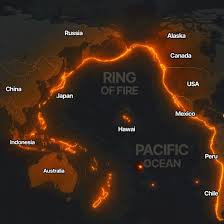
More than 800,000 miles of undersea cables crisscross the ocean floor, carrying 99% of global internet traffic, every email, video call, and upload you make. These fragile lifelines run through some of the planet’s most hostile terrain, weaving between volcanoes, shipwrecks, and deep trenches. This hidden world is one of the most valuable and closely monitored places on Earth. To survive it, cables must be carefully routed around tectonic zones like the Pacific Ring of Fire. Without these adjustments, eruptions or earthquakes could snap them instantly, leaving entire regions cut off from the digital world we depend on daily.
2. The Mid Atlantic Ridge
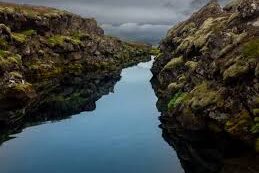
Stretching across the ocean, the Mid Atlantic Ridge is one of the busiest highways for data you will never see. This vast underwater mountain chain poses enormous challenges for cable routes as engineers must carefully map every valley and peak to keep the lines safe. The terrain is rough and unpredictable, yet millions of messages and calls travel through this corridor every second. It is almost like threading a wire through a maze of jagged rock. Despite the odds, these cables quietly bridge continents, keeping America and Europe connected without most of us ever giving it a thought.
3. Ancient Shipwreck Zones
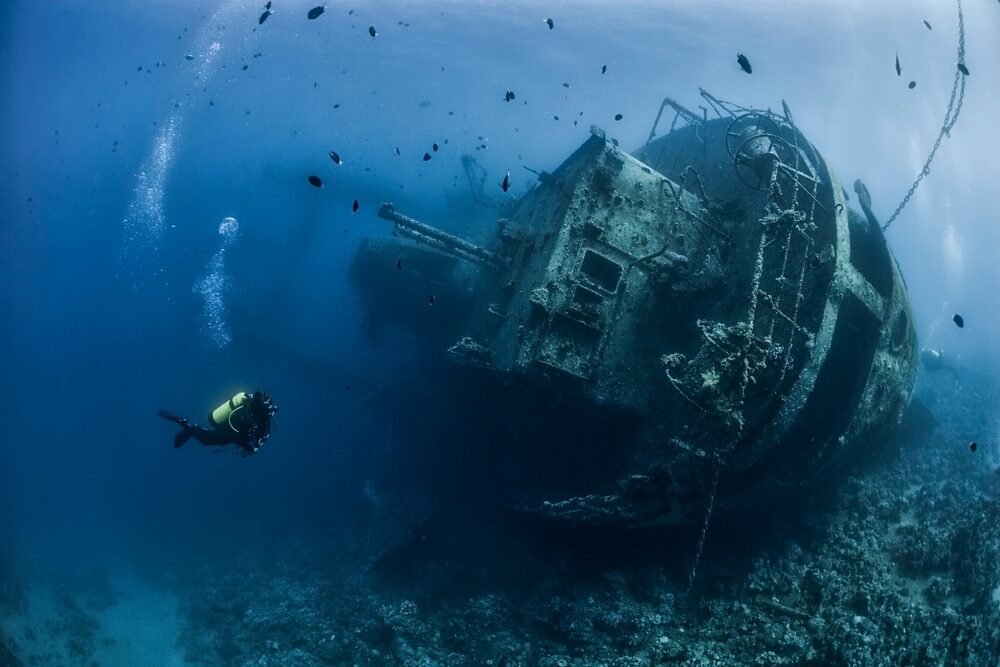
Deep below the surface, history rests alongside modern technology. Ancient shipwrecks, from the Titanic’s grave to World War II vessels, still sit silently on the seafloor. Cable planners make sure to avoid these sites out of respect and to prevent dangerous entanglements. The ocean floor here tells two stories, one of past tragedies and one of modern resilience. Imagine scrolling through your phone, unaware that just miles away lies a century old wreck while your message speeds through fiber optic lines. These careful detours keep both heritage intact and your digital life flowing smoothly across time and space.
4. Shark Territory
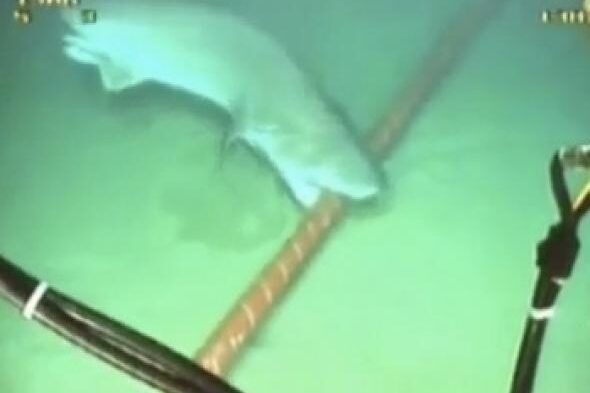
Sharks may not understand technology, but they sure notice it. In certain regions like Hawaii and the Red Sea, curious sharks have been known to bite undersea cables. Some scientists suggest they sense faint signals and mistake them for prey. To stop the damage, engineers wrap cables in stronger protective layers, adding steel and Kevlar. It is a reminder that even the digital age must respect ancient instincts. Every time your video streams without a glitch, it might just be thanks to a little shark proof armor keeping your internet connection safe under restless blue waters.
5. Underwater Surveillance Hubs
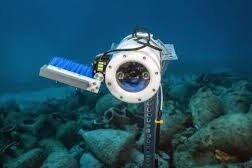
Far beneath the surface, the cables do more than carry your messages, they are also watched. Some junctions in the network serve as monitoring points for governments, where data traffic can be studied or intercepted. These underwater hubs act like checkpoints, silently scanning the enormous flow of information. Most people imagine satellites when they think of surveillance, yet it is these hidden cables that carry the world’s secrets. Every voice call, email, or video you send may have passed through a place where unseen watchers keep their eyes open beneath the cold and quiet seafloor.
6. Coral Reef Conflicts
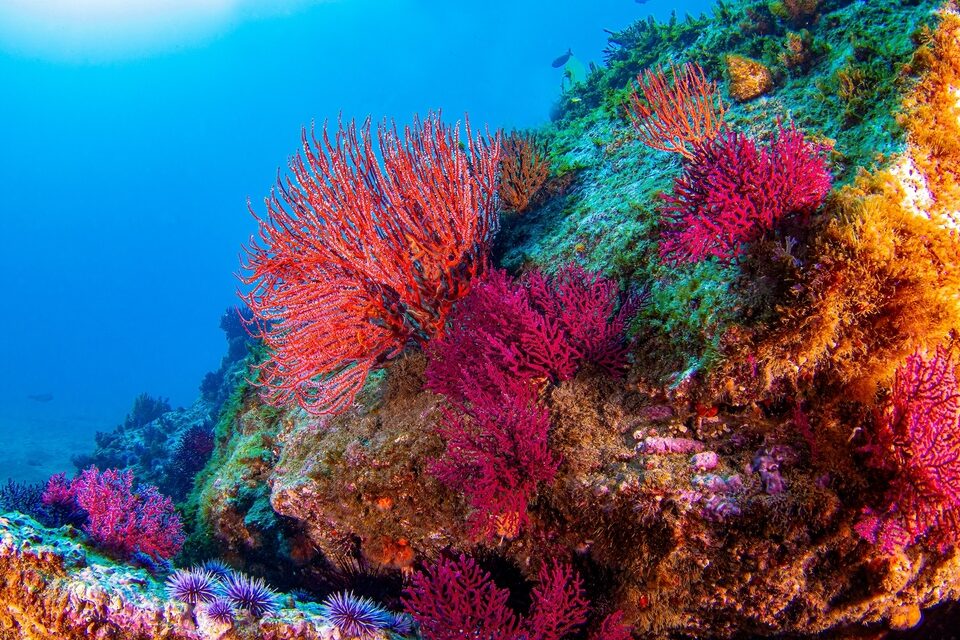
The ocean is full of delicate ecosystems, and coral reefs are among the most fragile. When cables need to pass through reef zones, they are often left exposed to avoid damaging the living structures. This protects the corals but makes the cables more vulnerable to currents, anchors, and accidents. It is a constant balancing act, choosing between nature’s protection and the durability of our networks. Every time you send a simple message, it may have traveled along a stretch of cable left bare so that reefs can continue to thrive undisturbed in their underwater homes.
7. Biofouling Zones
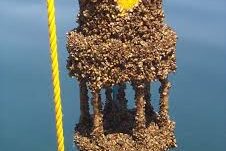
The sea is alive, and it does not spare technology. Over time, barnacles, worms, and microbes attach themselves to the surface of cables, slowly eating away at their protective coating. This process, called biofouling, can weaken the structure and demand costly replacements. To fight back, engineers experiment with new coatings designed to resist unwanted growth, but the battle is ongoing. It is striking to think that while you read a message or browse online, tiny ocean creatures might already be working away on the very line delivering that data to your screen, unseen and unstoppable.
8. Pirate Waters
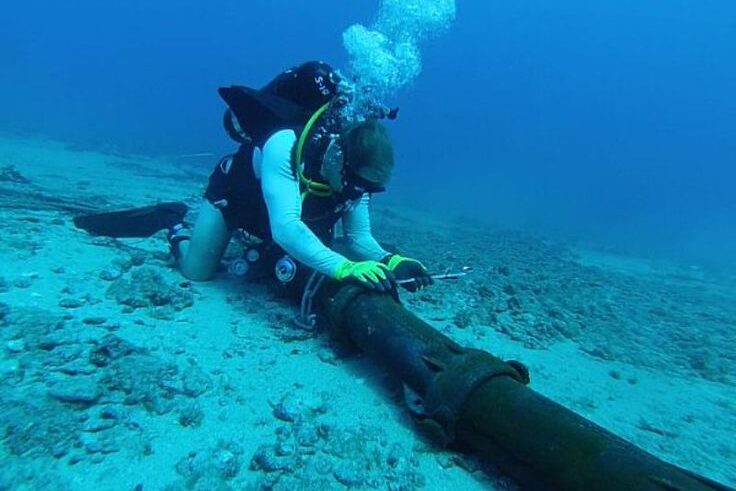
The image of pirates may feel like something from the past, but in certain waters the risk remains. In regions such as the Gulf of Aden, cable laying ships often sail with private security. The cargo they protect is not gold or jewels, but fragile fibers carrying the lifeblood of the internet. There have even been cases where divers were caught tampering with cables, causing widespread disruptions. It is surreal to think that piracy once threatened trade routes and now threatens digital ones. Every scroll you make owes its safety to these guarded pathways at sea.
9. Whale Migration Paths
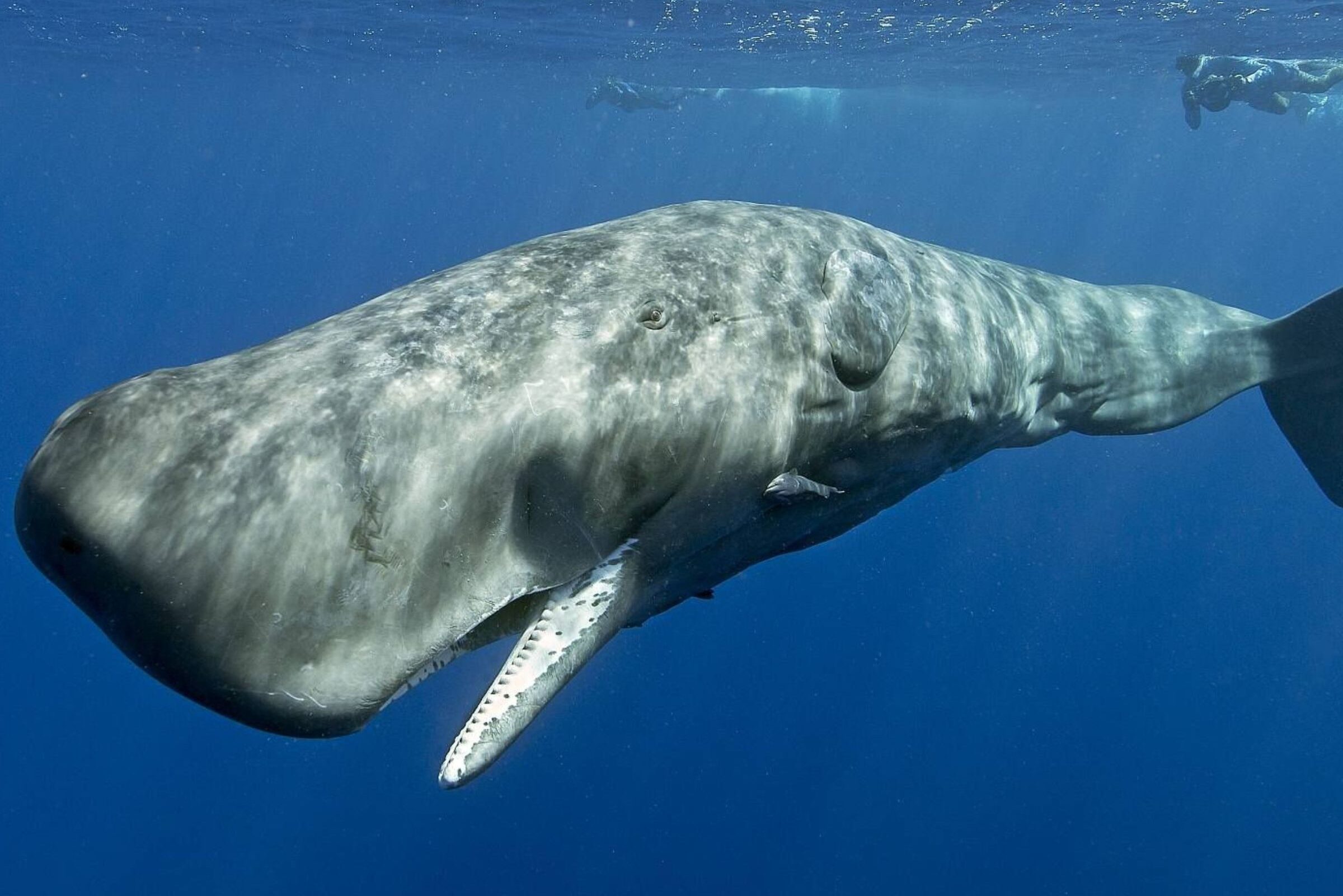
The great whales of the sea have no idea that thin cables lie beneath them, yet their movements matter. Deep divers like sperm whales can accidentally snag exposed lines, dragging them until they break free. To avoid this, routes are planned with migration patterns in mind, keeping both whales and technology safe. It is fascinating to imagine a message sent across the world traveling carefully around the paths of these massive creatures. Nature continues to shape the way technology grows, even in the hidden world at the bottom of the ocean.
10. Submerged Fault Lines
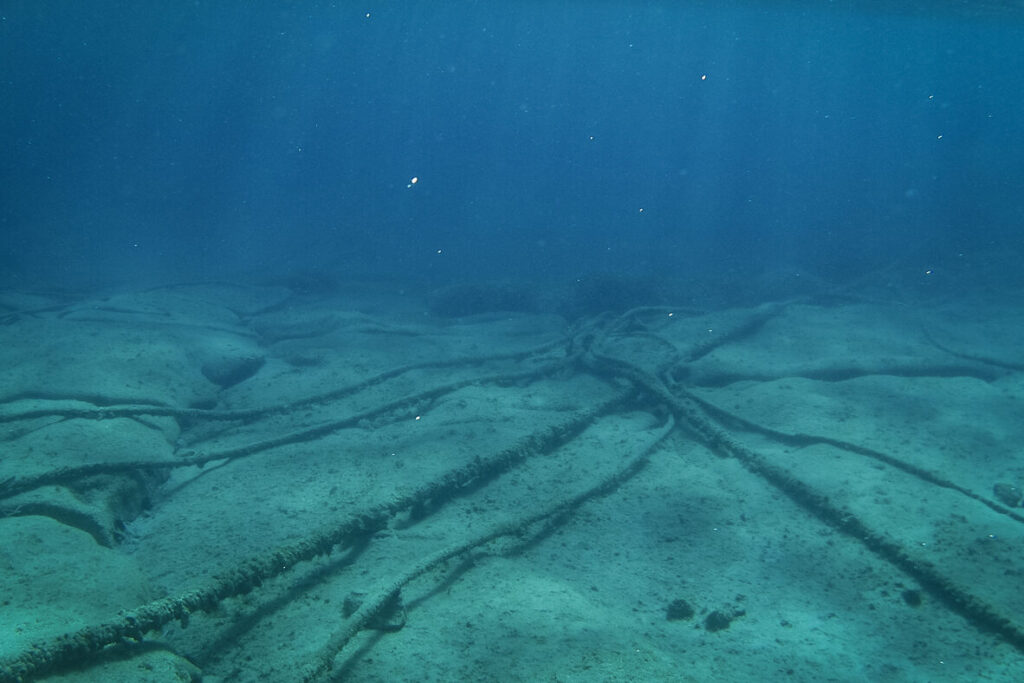
The Earth’s restless plates do not stop moving, and where cables cross fault lines, engineers must prepare for the worst. Instead of pulling cables tight, they build loops into them, leaving room for movement. When an earthquake strikes, the extra slack allows the line to bend and sway instead of snapping. This quiet design has saved connections in places like Japan, where quakes are frequent. It is a simple solution that feels almost graceful, like giving the cables space to dance beneath the shifting surface of our living, moving planet.
11. Deep Sea Internet Junctions
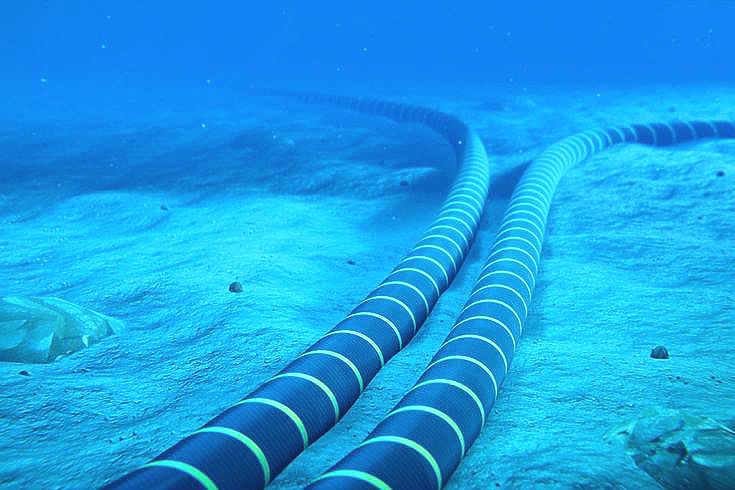
At certain points beneath the ocean, the cables come together at branching stations. These deep sea junctions act like train stations for data, splitting and redirecting signals to different continents. Without them, global communication would collapse in an instant. Each one is carefully built to last for decades, protected by robotic maintenance if needed. They may be invisible to us, yet they are among the most critical structures ever made. Every chat, photo, or song you share depends on these hidden hubs that keep the internet’s arteries flowing strong and steady.
12. Ghost Gear Graveyards
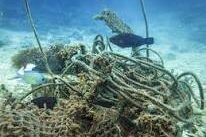
The sea holds our leftovers, and one of the worst offenders is abandoned fishing gear. Nets and traps drift silently until they catch on something, and cables are often victims. These ghost gear graveyards create dangerous tangles that can sever or damage the lines, leading to expensive repairs. Divers must carefully cut them free, a task that is both risky and costly. While you watch a video or send a message, the very line carrying it may be lying beside a forgotten net that still grips the ocean floor with its stubborn, quiet hold.
13. The Bermuda Triangle
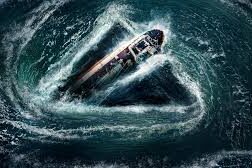
The Bermuda Triangle has long been a place of mystery in stories, but in reality it is one of the most carefully mapped cable zones on Earth. Every ridge and trench has been surveyed to keep cables safe. Far from being an area of vanished ships, it is now a crowded highway for internet traffic, connecting North America, the Caribbean, and Europe. The real danger here is not disappearance, but demand, as millions of people rely on its cables daily. The myths may have faded, but the currents still carry the weight of connection.
Fun Puzzle, See if You Can Guess the Answer

If you know the answer, please answer in the Comments.
This story The Secret Ocean World That Powers Everything You Do Online was first published on Daily FETCH


